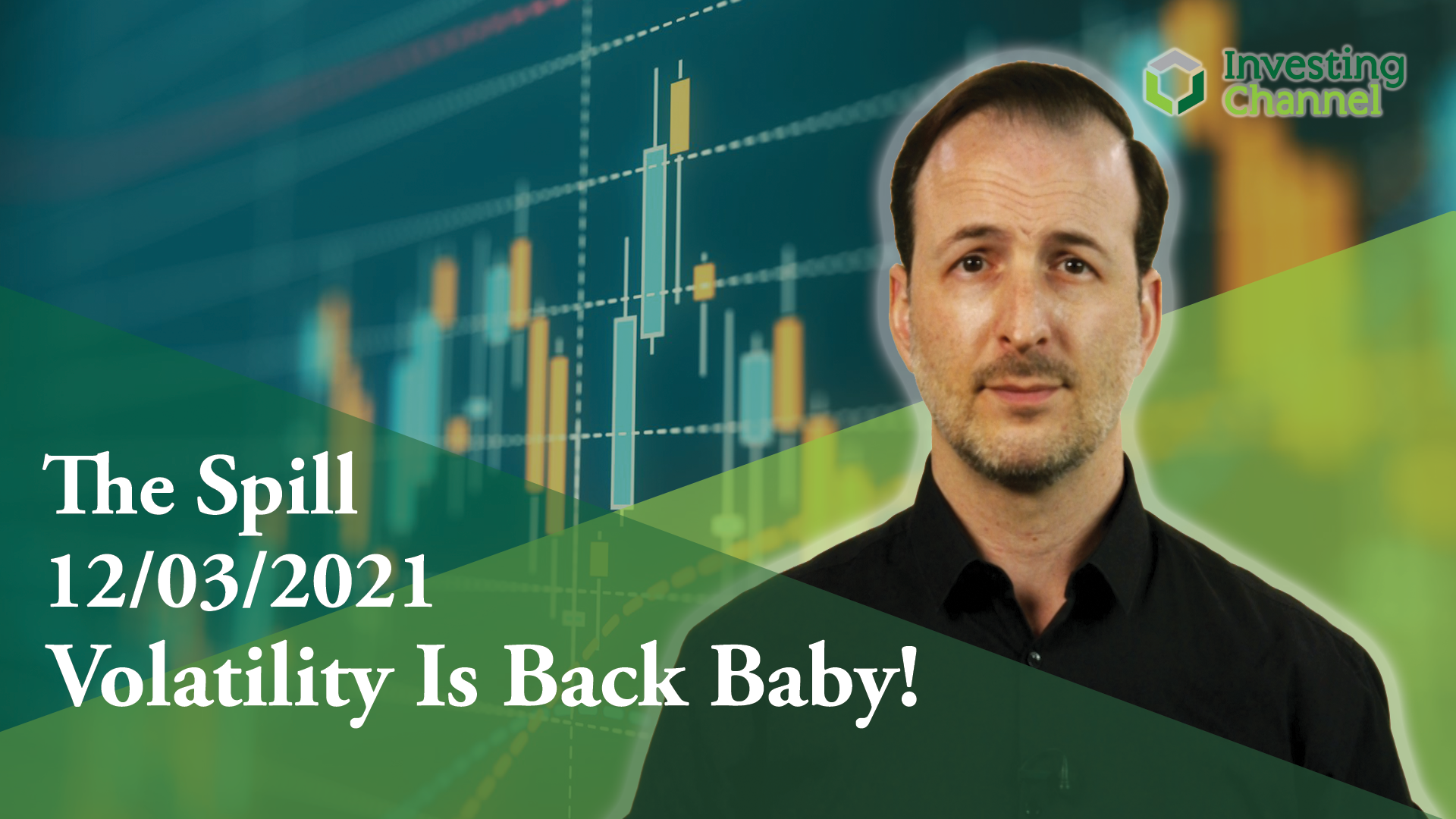|
Proprietary Data Insights Financial Pros Top ETF Volatility Searches in Nov.
|
What we’re watching
|
Traders look to capitalise on price swings.
|
|
Investing |
How Volatility ETFs Work |
Volatility is back baby! Traders and investors are looking to capitalize on the price swings. Volatility ETFs and ETNs have become popular ways to trade market fear. Heck, on Black Friday, two of the more popular ETFs, the VXX and UVXY jumped 27.3% and 37.44% respectively! That sounds almost too good to be true…because it is. In reality, most volatility ETFs LOSE value over time. We want to explain why. It’s easy to get sucked into the headline numbers, hoping to catch a piece of the action. And many newer traders and investors don’t understand the ins and outs of these products. So, we’re going to do a CliffsNotes overview to help you understand and navigate these tumultuous waters. What is volatility? We need to start by answering this basic question. Volatility is price movement. Increased volatility means increased price movement. Stock markets have an inverse relationship with volatility.
Why is that? When stocks drop really hard what’s likely to happen? They bounce back of course! That’s repeated time and again throughout history. Take a look at this weekly candlestick chart of the S&P 500. Each bar represents one week. At the bottom is a measure of the price range over the last 14 weeks (known as average true range). You don’t need a PHD in charts to see what’s going on here. When markets drop, the price range expands. When markets rise, the price range decreases. Measuring volatility The most common measure of volatility is known as the S&P 500 Volatility Index (AKA the VIX). People often refer to this as the fear gauge. The VIX measures demand for options on the S&P 500. Investors often buy options to protect their portfolios against market drops. This is how it works:
Shorthand: Just know that (the majority of the time) when markets drop, the VIX goes up. Volatility ETFs Now, there is one other thing you need to understand about the VIX before we move into the ETFs. You can’t directly trade the VIX. It’s an index, not an actual stock. Volatility ETFs track VIX futures (leveraged contracts), not the VIX itself. This is a key point that many people fail to understand. It explains why you can have the VIX down several percentage points on the day but the volatility ETFs up. So, let’s look at two of the most popular volatility ETFs. The first is the VXX. The VXX tracks (short-term) volatility futures without leverage. So, if VIX futures are up 1% on the day, the VXX will likely be up ~1%. The second is the UVXY. The UVXY tracks (short-term) volatility futures with leverage of 1.5x. So, if VIX futures are up 1% on the day, the UVXY will likely be up ~1.5%. Bad Long-Term Investments No investor should hold the VXX or the UVXY for any length of time. A month would be a stretch. Over time, all else being equal, both of these ETFs will lose value. It’s simply a function of the way VIX futures work. You see, futures contracts expire at regular intervals. So, to keep the investment going, you get rid of the expiring contract and buy the next one out. The majority of the time, the contract for the next month will be more expensive than the one you’re closing out. You can think of these futures contracts as bets on what the price of the VIX will be on the expiration dates. It’s a lot easier to guess on one day out than a month out. So, the one further out charges a premium because there’s more time for price to change. The Bottom Line: You can use volatility ETFs as hedges short-term. Otherwise, it’s best to avoid them entirely. Instead, keep a watchlist of stocks you want to buy and reserve some cash to snap them up when prices drop. |
